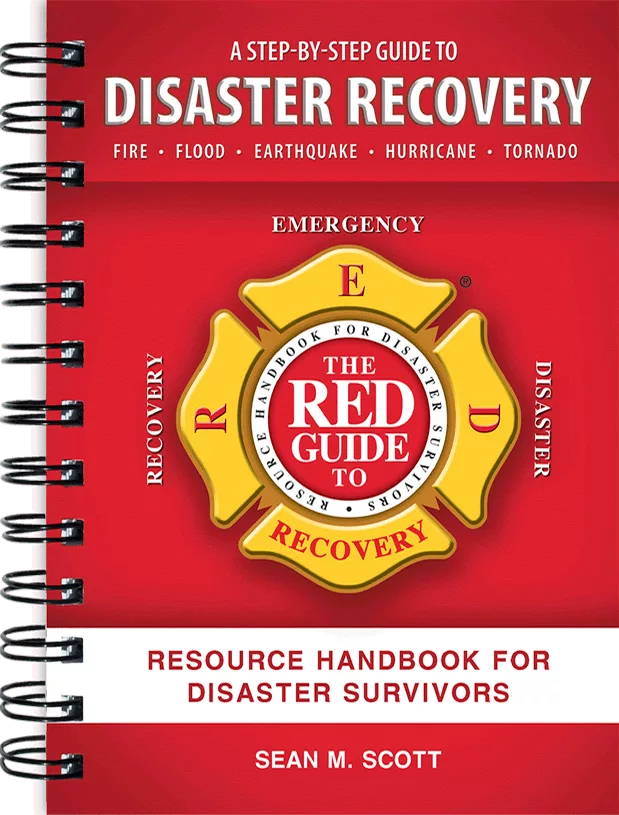A Leader's Blueprint for Effective Meetings

Image credit: skynesher / iStock / Getty Images
When effectively managing a small business, few activities are as influential as conducting productive meetings. Meetings serve as the vessel where ideas are forged, decisions are made, and teams are bonded toward shared objectives. Yet, all too often, meetings can devolve into unproductive gatherings, draining time and resources without yielding meaningful results.
At the heart of every successful meeting lies the leader—the conductor orchestrating the symphony of ideas and initiatives. Whether consciously or not, team members closely observe the leader's demeanor, communication style, and commitment to the meeting's objectives. It’s essential for leaders to recognize that their behavior sets the tone for the entire meeting. Their authenticity, empathy, and dedication to their team's success are far more impactful than any display of authority.
Employees often cite their immediate supervisor as a primary factor affecting their job satisfaction and engagement. Just as a single employee can embody the company's culture to a customer, their immediate supervisor embodies the company's culture to an employee. Therefore, a leader’s conduct in meetings not only shapes the team dynamics but also reflects the organizational culture in general.
Meetings as a Reflection of Leadership
Meetings are leadership in action. They serve as a microcosm of leadership’s intentions, offering a window into the leader's true priorities and values. Their team studies the leader’s body language, tone of voice, and level of engagement to read between the lines and detect their true intentions. If they sense genuine caring about their growth, development, and well-being, they're more likely to actively participate and contribute to the meeting's success. Conversely, if a leader prioritizes their own agenda or exercises authority without regard for their team’s input, they risk alienating the team and undermining trust in their leadership.
Remember, effective leadership is not about dominating conversations or asserting authority; it's about fostering an environment of trust, respect, and collaboration where every voice is heard and valued. Leaders should welcome these voices as they convey great ideas, thoughts, and maybe even the next game-changing strategy. A leader who stifles voices in favor of their own authority or ego adversely affects the business and, essentially, stands alone.
Creating Purposeful Meetings
Effective meeting leadership starts with defining a purpose and clear objectives for the meeting. Before convening, the purpose should be outlined in 25 words or less. Writing it down forces clarity and ensures that everyone is aligned from the outset as to the meeting's goals.
Meetings should not be held simply for the sake of tradition or habit, as every hour spent in a meeting is an hour not spent on other important tasks. Instead, a strategic approach should be adopted by evaluating the need for each meeting based on its potential to drive useful outcomes. Alternative communication methods, such as email updates or video messages, should be considered for information that doesn't require real-time interaction.
Preparing for Success
Preparation is key when it comes to effective meetings. Meeting planner forms or templates can be used to organize thoughts, agenda items, and the desired outcomes well in advance. A good practice for leaders is to keep a piece of paper on their desk (or digital equivalent on their phone) for each meeting they lead, so they can capture topics or notes that pertain to the meeting. These can then be used to create an organized, productive agenda.
The agenda and any relevant materials should be distributed to attendees in advance, allowing them time to review. A well-prepared team is more likely to engage in discussions and contribute meaningful insights.
The meeting space should also be conducive to collaboration, with enough seating, equipment, and visual aids to support productive discussion.
Leadership in Action
A meeting leader’s role extends beyond the mere exchange of information; they're responsible for creating an environment where every participant sees the usefulness of the meeting and team members feel valued and respected. They should also ensure that meetings begin on time and that the meeting’s purpose, agenda, and expected outcomes are shared. By setting clear expectations from the outset, confusion will be minimized while engagement is maximized.
Another good practice is to consider implementing a no-technology policy during meetings, asking attendees to silence their phones and laptops to minimize distractions. This simple gesture underscores a meeting's importance and encourages focused participation.
During meetings, time should be taken to acknowledge and celebrate wins and achievements before delving into agenda items. Recognizing individual and team accomplishments fosters a culture of appreciation and motivates participants to actively contribute to the meeting's discussions.
Fostering Collaboration and Ownership
Effective meeting leadership includes the ability to actively engage every participant in the discussion. Open dialogue should be encouraged and input sought from all attendees, creating an open space for sharing ideas and concerns. Leaders should consider incorporating interactive elements, such as group activities or brainstorming sessions, to encourage collaboration and creativity.
Team members should be empowered to take ownership of their contributions and commitments by being assigned action items and follow-up tasks. Clearly defined responsibilities and deadlines will confirm everyone’s accountabilities and drive progress between meetings.
Remember, the success of the meeting extends beyond the confines of the conference room. The team must be empowered to turn discussions into actionable outcomes that propel the organization forward.
Challenges From Tangents to Time Management
Even the most meticulously planned meetings can encounter challenges along the way. From wandering discussions to time constraints, effective meeting leadership requires the ability to navigate obstacles with grace and poise. Focus should remain on the meeting's objectives, with discussions being gently steered back on track if they veer off course.
Enough time should be allocated to each agenda item while ensuring that the meeting stays on schedule. If necessary, less-critical topics should be tabled for future discussion to maintain momentum and respect participants' time. Remember, the goal of a meeting is not to fill every minute with conversation but to achieve meaningful outcomes that advance the team's objectives.
The Power of Purposeful Meetings
In small business management, effective meeting leadership is more than just a skill; it's a strategic necessity. By adopting a purpose-driven approach to meetings, business leaders can foster collaboration, drive innovation, and propel their team toward shared goals. From constructing clear objectives to engaging participants and navigating challenges with finesse, effective meeting leadership requires a blend of empathy, respect, strategic thinking, and communication prowess.
Meeting leaders must remember the impact their conduct and demeanor can have on their team's engagement and morale. By prioritizing authenticity and collaboration, they will not only elevate the quality of their meetings but also cultivate a culture of trust, respect, and accountability that fuels organizational success. By doing so with purpose, intention, and a commitment to excellence—their business will thrive.
Ready to level up your meetings? You can find meeting resources including a guide for planning effective meetings and an online course by signing up for a free trial of V Street at: https://violand.com/vstreet
Looking for a reprint of this article?
From high-res PDFs to custom plaques, order your copy today!








